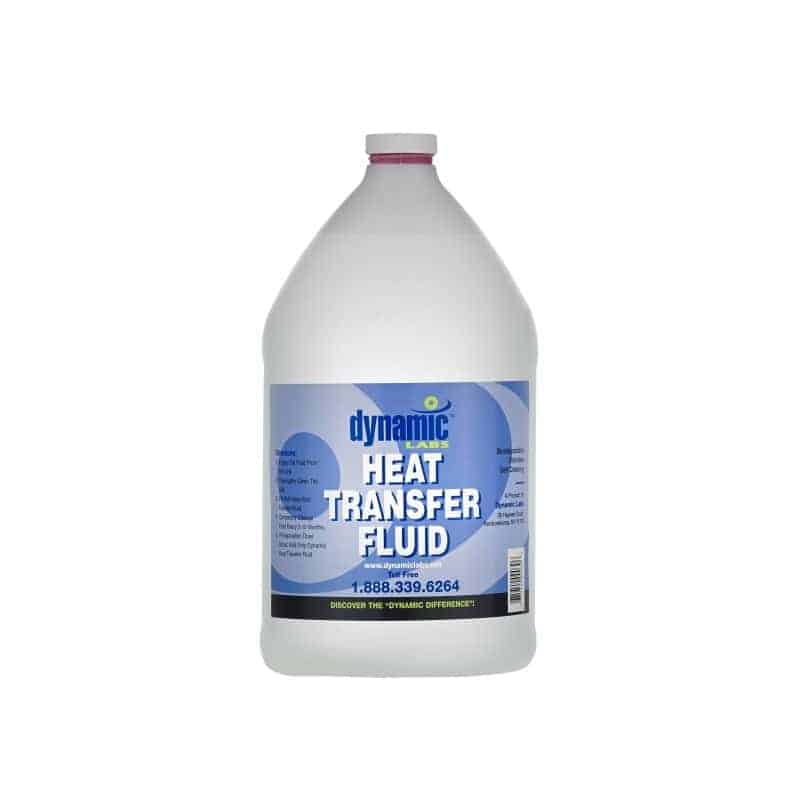Comprehending the Uses of Warmth Transfer Fluid in Industrial Applications
In the dynamic landscape of commercial applications, warm transfer liquids (HTFs) are indispensable for preserving precise thermal regulation, crucial to maximizing operational effectiveness and product high quality. From the ins and outs of chemical handling to the durable needs of power generation, HTFs are central to guaranteeing steady and reliable warmth exchange.
Function in Chemical Handling
In chemical handling, heat transfer liquids play an important duty in maintaining accurate temperature level control, which is crucial for optimizing response prices and making sure item high quality - heat transfer fluid. These liquids are essential in promoting efficient warm exchange in between process equipment, thereby allowing the policy of thermal problems within reactors, purification columns, and other important device. Their capability to keep stability under differing thermal lots and ecological conditions makes them crucial in chemical manufacturing
The choice of an appropriate warm transfer liquid is identified by variables such as thermal conductivity, certain warm capacity, thickness, and chemical compatibility with the procedure materials. High-performance liquids enable fast heating & cooling, boosting the efficiency of endothermic and exothermic reactions. Furthermore, their thermal security lessens the danger of destruction or contamination, which can cause devices fouling and lowered process efficiency.
In enhancement to temperature law, these liquids add to security by protecting against getting too hot and minimizing the potential for thermal runaway reactions. By giving constant thermal monitoring, warmth transfer liquids improve procedure integrity and can lead to substantial energy financial savings. As chemical processes become increasingly complicated, the importance of picking and preserving optimal heat transfer fluids can not be overstated.

Power Generation Applications
Moving from chemical processing to power generation, warmth transfer fluids think an important function in the production of power. In power generation applications, these fluids are critical in keeping optimum thermal efficiency and making certain the reputable operation of nuclear power plant. Various kinds of power generation centers, including fossil fuel-based plants and focused solar power (CSP) systems, depend heavily on warm transfer fluids for effective energy conversion.
In fossil fuel power plants, warm transfer liquids are used to transfer warm from burning gases to water in central heating boilers, creating heavy steam that drives turbines. This process calls for fluids with high thermal security and excellent warmth transfer properties to endure severe temperatures and pressures. In CSP plants, warm transfer fluids flow through solar collection agencies, soaking up solar energy and moving it to a main receiver where it is used to produce steam. The steam after that powers turbines to produce electricity.
The choice of warmth transfer liquid in these applications is crucial, as it impacts the plant's performance, safety, and environmental impact. Artificial oils, molten salts, and other specialized fluids are typically made use of, chosen based upon their thermal stability, warm capacity, and compatibility with system products.
Influence on Food and Drink Market

Along with improving item top quality, heat transfer fluids contribute click for more info to operational performance by reducing energy intake and minimizing process times. Their thermal security and high warmth ability enable for rapid heating and cooling down cycles, bring about enhanced throughput and cost-effectiveness. The use of food-grade warm transfer fluids, which abide with stringent security standards, guarantees that there is no danger of contamination, consequently guarding public health.
The versatility of warm transfer liquids allows their application across a vast array of food and drink procedures, from dairy and confectionery to developing and bottling. By optimizing temperature control, these liquids play an indispensable role in meeting the advancing needs of the food and beverage sector while keeping high criteria of quality and security.
Importance in Production

A pivotal facet of manufacturing processes throughout different sectors is the efficient management of temperature, which is where heat transfer liquids demonstrate their value. Warmth transfer liquids promote these controlled settings by absorbing, moving, and launching heat as required.
In manufacturing settings, warmth transfer fluids add substantially to functional efficiency and cost-effectiveness. By reducing temperature fluctuations, they help lower energy intake, therefore decreasing functional prices and boosting sustainability. In addition, they boost the life-span of tools by preventing overheating and thermal stress, which can cause pricey downtime and repair services.
In addition, the convenience of warmth transfer liquids allows them to be tailored for details applications, suiting a variety of temperatures and environmental conditions. This adaptability makes certain regular performance, even in one of the most requiring commercial settings. Inevitably, the strategic usage of heat transfer liquids equips producers to optimize their procedures, improve product quality, and maintain an affordable edge in an ever-evolving market.
Advances in Warmth Transfer Innovation
With developments in warmth transfer technology, markets are experiencing transformative renovations in temperature level management systems. Modern HTFs, such as nano-fluids, display boosted thermal conductivity and stability, which substantially boost warm exchange procedures.
Furthermore, the assimilation of clever technology and electronic monitoring systems has changed heat management. Advanced sensors and continue reading this IoT tools provide real-time data analytics, making it possible for precise control and optimization of warm transfer procedures. This causes boosted safety, lowered downtime, and see this extended devices life expectancy.
In addition, the arrival of magnetic and phase-change materials in warm transfer applications notes a substantial jump forward. heat transfer fluid. Magnetic fluids, for example, offer quick warmth dissipation via magnetic field manipulation, while phase-change materials effectively keep and release thermal power during stage transitions
These technical strides are not just improving performance in traditional sectors such as chemical handling and power generation yet are additionally promoting development in emerging fields like eco-friendly energy systems and electronic cooling, paving the way for sustainable commercial procedures.

Verdict
Warmth transfer fluids are essential to industrial applications, using accurate temperature level control and boosting operational efficiency. In chemical processing, they guarantee ideal reactor problems, while in power generation, they add to efficient power usage. The food and beverage market take advantage of constant temperature level monitoring, important for product quality. Across various producing fields, HTFs promote power preservation and security compliance. Breakthroughs in warmth transfer technology remain to maximize these features, highlighting the important function of HTFs in commercial procedures.
Comments on “Trick Advantages of Using a High-Performance Heat Transfer Fluid”